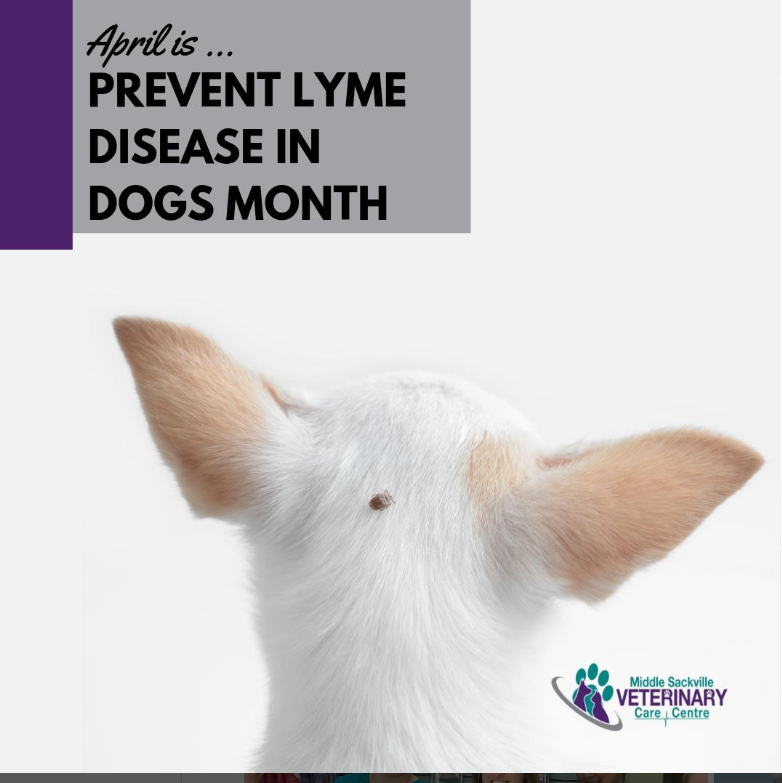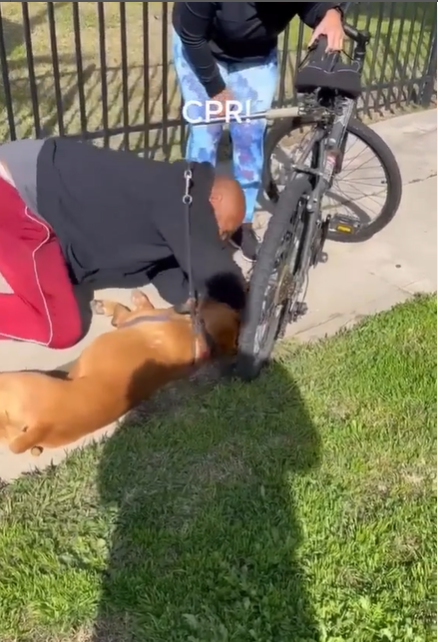Pneumonia in Dogs Causes, symptoms, preventions and Treatment
Even though you’ve probably heard of pneumonia in humans and may even have had the illness yourself, many pet parents are caught off guard when their dog friends are diagnosed.
Pneumonia, a dangerous respiratory condition, can strike both people and animals, including dogs. Lung inflammation contributes to breathing difficulties and lowers oxygen delivery to the circulation.
Tamtampetcare aims to give dog owners a thorough awareness of canine pneumonia, including information on its causes, symptoms, prevention techniques, and available treatments. Knowing that dogs can contract pneumonia will enable you to take prompt action to ensure your pet recovers as soon as possible.
What Does Canine Pneumonia Mean?
Deep coughing and breathing difficulties come to mind when we think of someone who has pneumonia. Even while it could be the appearance of pneumonia, what exactly is meant by the term?
A build-up of fluid in the air sacs results from irritation and inflammation in the lungs caused by pneumonia. The word pneumonitis refers to lung inflammation in general. A form of pneumonitis caused by an infection is called pneumonia. This makes breathing more difficult by interfering with the lungs’ regular exchange of carbon dioxide and oxygen. Canines of all ages can contract pneumonia, but immunocompromised, elderly, and disabled canines are the most likely to do so.
Why Do Dogs Get Pneumonia?
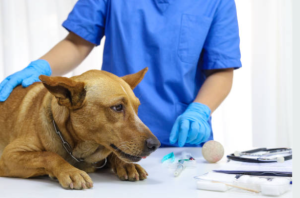
A virus harms the respiratory system in most cases of infectious pneumonia, which puts the dog at risk of developing a subsequent bacterial infection. Dog influenza, canine distemper, and dog parainfluenza viruses are some viruses that can cause pneumonia in dogs. In the absence of a virus, Bordetella bronchiseptica can induce infectious pneumonia. Usually, a virus cooperates with other bacterial species that cause pneumonia. Since infectious pneumonia spreads quickly, dogs that have it should not be around other dogs. In rare cases, dense housing environments, including packed breeding facilities or shelters, can give rise to very lethal pneumonia brought on by Streptococcus equi subspecies zooepidemicus.
Although this highly contagious illness is uncommon in everyday pets, it should be considered if your dog is severely ill and has trouble breathing and bloody nasal discharge.
Dogs inhaling foreign substances may get aspiration pneumonia, a secondary illness. Asking your veterinarian to demonstrate proper medication delivery can help prevent aspiration pneumonia caused by oral medicine inhalation. Inhaling vomited or regurgitated material is another common cause of aspiration pneumonia. Because anesthesia inhibits the normal swallow reflex, regurgitation occurs occasionally during surgery. This is among the causes behind the placement of a tube in your pet’s windpipe, or trachea, by your veterinarian during surgery. If they regurgitate, the tube can shield their airway. Several underlying medical disorders, including seizures, megaesophagus, and laryngeal paralysis, can also put a person at risk for aspiration pneumonia. There is no dog-to-dog spread of aspiration pneumonia.
Dogs can develop fungal pneumonia from breathing in fungal spores, usually found in contaminated soil. Male, young, medium-to-large sporting dogs, especially those used for hunting, may be more susceptible to exposure. It is commonly accepted that dogs cannot contract fungal pneumonia from one another. Fungal pneumonia includes those caused by blastomycosis, histoplasmosis, and coccidioidomycosis.
Kinds of Dog Pneumonia
Pneumonia comes in four primary forms. Among them are:
Aspiration pneumonia: This results from food particles, liquids, or vomit getting into the lungs and inflaming them.
Bronchopneumonia: The lung tissue and bronchi are affected by bronchopneumonia, which frequently develops after an upper respiratory illness caused by bacteria or viruses.
Lobar pneumonia: Usually brought on by bacteria, this condition entails the inflammation of one or more lung lobes.
Interstitial pneumonia: Usually associated with fungal or parasite infections, this condition affects the tissue between the lungs’ air sacs.
Allergies, autoimmune diseases, and smoke or chemical exposure can all result in non-infected lung inflammation. In these cases, the illness your pet is suffering from is pneumonitis, not pneumonia.
Pneumonia in Dogs Symptoms
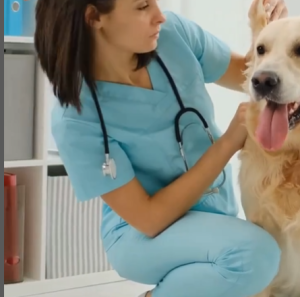
There are numerous signs and symptoms of pneumonia, from minor to severe. A quick recovery depends on early identification, so keep an eye out for these warning indicators:
Chronic cough might be productive (producing mucous) or dry and hacking.
Breathing difficulties: It’s concerning if you have increased panting, fast, shallow breaths, or difficulty inhaling.
Fatigue and lethargy: Your typically lively dog may start to withdraw and lose interest in activities.
Loss of appetite and weight: Pneumonia can cause your dog to become lethargic and lose interest in food.
Fever: Warning indicators include a hot nose and a body temperature higher than usual (over 103°F).
Nasal discharge: The mucus from the nose might be blood-tinged, green, yellow, or clear.
Chest pain: When touched or coughing, your dog may yelp or whine.
Gums that turn blue: Low oxygen levels might result in blue gums in extreme circumstances.
How Veterinarians Diagnose Dog Pneumonia
For the diagnosis of pneumonia, veterinarians have a wealth of tools. The history of your pet, a physical examination, and chest X-rays are the first steps in the diagnosing process. If your dog is exerting more effort than usual to breathe, the veterinarian will listen to their lungs and make a note of it. Chest fluid may cause popping, wheezing, or crackling noises. Sometimes, the only difference in the lungs’ quietness is slight. A veterinarian may suggest further diagnostic testing if this symptom and coughing or breathing difficulties are present.
If your pet’s oxygen levels concern the veterinarian, they might measure blood oxygen levels with a pulse oximeter. Veterinary professionals commonly use an awake dog’s lips or ear flap, while physicians usually place the pulse oximeter on your finger. If your pet is admitted to the hospital, your veterinarian could use a blood sample to check the oxygenation levels. The oxygen saturation level of a dog suffering from severe pneumonia will be low.
To collect lung fluid samples, dogs with pneumonia may have bronchoscopy, bronchoalveolar lavage, and transtracheal washes. Special tools are needed for these procedures to examine the respiratory tract and collect the purest sample possible. Veterinarians can review the samples under a microscope to detect harmful organisms and cells. Veterinarians first identify bacterial pathogens through culture and then recommend the most effective antibiotic medication.
How to Keep Dogs from Getting Pneumonia
Vaccinate your dog against pneumonia-causing viruses by following your veterinarian’s instructions for the Bordetella and DHPP vaccines. Your veterinarian will assess the particular danger to your pet and create a suitable vaccination program.
A lifestyle change can lower the risk of aspiration if your pet has a medical condition that makes them more susceptible, such as megaesophagus or laryngeal paralysis. For instance, a dog with a megaesophagus should be fed vertically to avoid aspiration. For specific recommendations tailored to your case, consult your veterinarian.
Regretfully, there’s no guarantee that fungal pneumonia may be avoided. Understanding fungal pneumonia will enable you to spot the symptoms early on, improving your pet’s chances of receiving adequate treatment.
How to Treat Canine Pneumonia
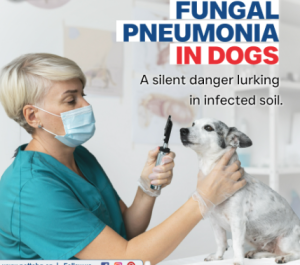
Treatment is determined by the type of pneumonia, any underlying pathologies, and any additional disorders. The intensity of treatment will also depend on how severe the sickness is. With medicine, rest, and at-home care, mild episodes of pneumonia can be treated outpatient. Hospitalization is necessary for situations that are moderate to severe. Most patients with aspiration pneumonia, whether from bacterial or viral causes, will be sent home with prescription medications to eradicate the bacteria.
Dogs suffering from primary or secondary bacterial pneumonia are prescribed medications by veterinarians. Amoxicillin-clavulanic acid, fluoroquinolone, and doxycycline are the three most widely used antibiotics. Usually lasting longer than a month, treatment is prolonged. How long the antibiotics need to be taken is determined in part by regular rechecks.
Supplemental oxygen is given to animals that cannot adequately oxygenate on room air. Veterinarians use oxygen cages most frequently. However, they can also use nasal or face masks. In a contained space, known as an oxygen cage, oxygen concentrations can be adjusted from 20% of ambient air to 100%. Indicating the severity of the dog’s condition, this is usually the least traumatic method of giving oxygen to canines experiencing breathing difficulties.
Pneumonia in dogs often causes dehydration; thus, rehydrating them with fluid therapy and an intravenous catheter is necessary. In pneumonia, staying hydrated is especially crucial since dehydration affects respiratory clearance and function.
Complete sedation and a ventilator are necessary in severe cases of pneumonia. This is usually the course of action when a dog is barely unresponsive or does not respond to the first oxygen therapy. Usually, this is limited to intensive care units.
A localized rise in humidity is possible with nebulizers, which produce a fine mist similar to the damp atmosphere of a bathroom during a shower. Although they can also include medications, most nebulizers use saline to hydrate the airway more. Following a nebulization prescription, Pneumoniac dogs may undergo coupage, which is a strong yet mild tap around the chest. In concert, nebulization and coupling facilitate the disintegration and removal of mucus and other airway-trapped cells.
Recuperation and Handling of Canine Pneumonia
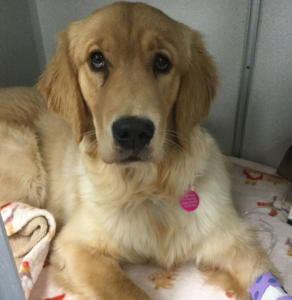
During the acute period, X-rays are usually taken every two to five days. After that, they are done every one to two weeks (or more frequently as needed) until the condition completely resolves. Following complete resolution, X-rays should be checked for recurrence every few months. A veterinarian should perform a follow-up examination and bloodwork within the first two weeks following a pneumonia episode.
Most veterinarians advise continuing treatment for at least one week after clinical signs—both patient complaints and X-ray evidence—have resolved.
Cough suppressants are not usually advised by veterinarians for dogs recuperating from pneumonia. The body naturally clears the airways of the virus and fluid via coughing.

